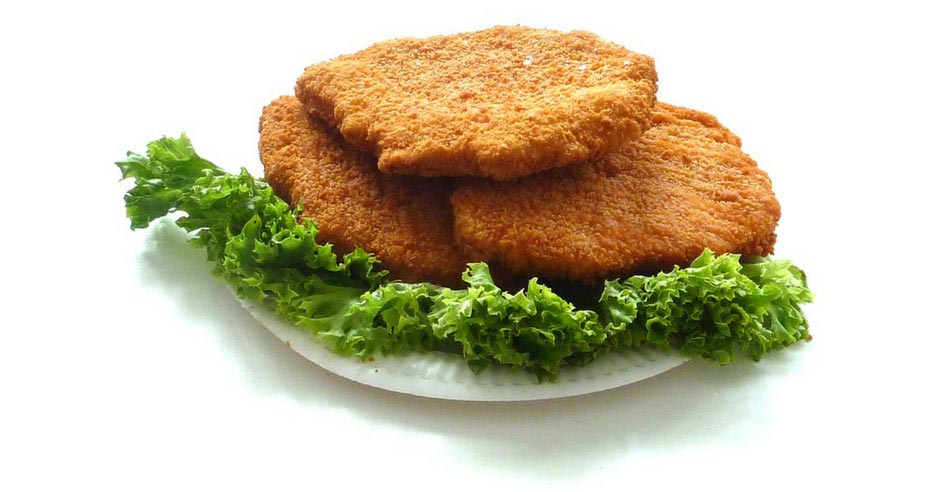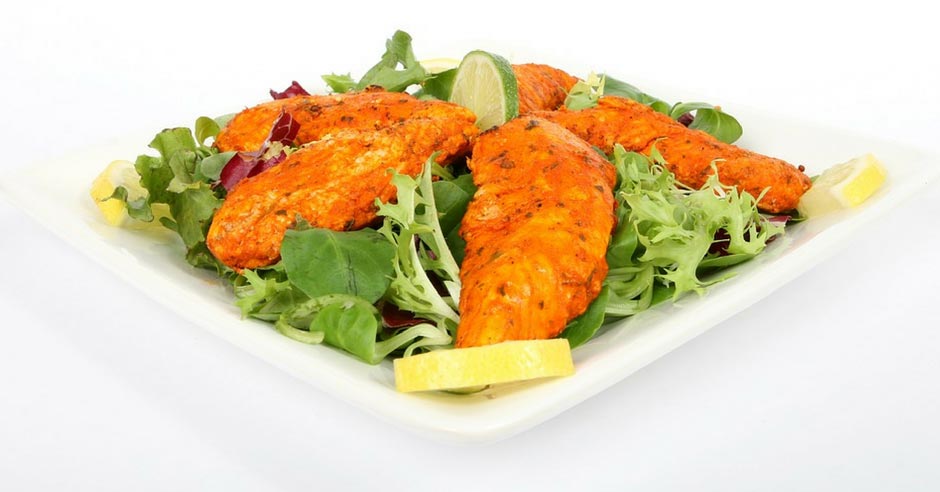A majority of people choose chicken as a healthy substitute for red meat. Chicken is a lean protein, which provides us with essential vitamins and minerals like iron, phosphorus, niacin, vitamin B12, B6, etc. However, there is a tendency that eating chicken may cause some diseases too and is not good for your heart, especially when ingested undercooked. Why is eating undercooked chicken is dangerous?

Consumer Reports said in 2009 that 66% of chicken tested was contaminated with salmonella or campylobacter. These bacteria cause life-threatening food poisoning and may put your body in danger. When you cook your chicken to 165 degrees Fahrenheit, it will kill most of these bacteria making the chicken safe for consumption. However, it is under cooked, these are the deadly consequences one can experience.
What Happens If You Eat Undercooked Chicken?
There are many reasons why it is important to ensure a well-cooked chicken is served. Once uncooked, many pathogens may linger on the food, which makes a person ill or poisoned. Eating undercooked chicken can have the following risks:
1. Causes Salmonella Poisoning (Vomiting, Diarrhea, Headache, Fever…)
Salmonella poisoning is probably the most common bacterial illness caused by an undercooked chicken. According to a report in April 2002 made by the Frontline, 25% of chickens may be contaminated with the bacteria, salmonella.
The complications may turn fatal once the salmonella bacteria enters the bloodstream and spreads to different parts of the body. As it reaches the heart, you will develop pericarditis which is an infection on the sac surrounding your heart. The condition may also worsen and lead to the infection of the lining of your heart or valves known as endocarditis.
2. Leads To Guillain-Barre Syndrome (Nerve Damage)
Campylobacter infection may lead to a Guillain-Barre syndrome. This condition is the temporary paralysis of your body which usually starts from your feet and moves upward.
The condition often starts with a weakness and tingling sensation in the lower extremities and may cause complete paralysis leading to the need of breathing machine to help in the breathing pattern. A big number of people recover from this problem, but some of the weakness may remain.
3. Clostridium Perfringens Food Poisoning
Eating chicken that is below 40 degrees Fahrenheit may cause Clostridium perfringes, or cafeteria germ.
These clostridium perfringes alpha toxins decrease your heart rate and elevate your blood pressure levels. There will be drastic changes in electrocardiogram readings.
4. Staphylococcal Intoxication (A Deadly Food Poisoning)
When your chicken is undercooked, your body will be infected by a bacterium called Staphylococcus aureus.
You lose fluids during bouts of diarrhea and vomiting. This may lead to dehydration and if left untreated, it affects not only your heart but other organs of your body too. In the case of your cardiovascular system, you will experience increased both in heart rate and in blood pressure. There will also be a decreased in cardiac output as well as orthostatic hypotension.
5. Typhoid Fever
One of the types of Salmonella bacteria is known as Salmonella typhi. Around 21.5 million cases of typhoid fever are recorded worldwide.
Untreated typhoid fever will lead to different complications, one of which is an infection of the heart muscles. Once these heart muscles become infected and inflamed, it will not work properly as it should have been.
How To Make Sure That The Chicken Is Well-Cooked?
Knowing that your chicken is well-cooked is the best way to handle the problems and complications stated above and keep your heart healthy. We have listed here several tips on what you have to do to ensure that the chicken you serve or eat is healthy and safe.

1. Cook Chicken Meat At 168 Degrees Fahrenheit
This temperature is enough to kill the bacteria on your chicken and will also cook the meat all the way to the middle. You must also secure the packaging guidelines and check it through so that you know the weight of the chicken. Different weights will require different cooking methods too.
If you doubt that it is not yet cooked, it is best if you let it stay for a few more minutes to make sure that it is well-done. To check whether the chicken is cooked or not, you can cut through it and see if the meat in the middle is already white. Juices should also be clear and not pink or red.
2. Choose Your Chicken Wisely
Make sure that you get your chicken from a reliable source. The presence of bacteria is more prevalent on cheap chicken that is kept in a cage, so choose chickens from a free-range farm instead.
3. Wash The Chicken Properly
Once you are done preparing the chicken, make sure that you wash everything that it comes in contact with from knives — chopping boards to pans and of course, your hands. This will help prevent the spread of infection.



Very usefull article. Worth!
Thanks Willson. Keep on supporting and encouraging us.
Informative and I will make use of this.
Thanks Richarda AlwinJosse, Don’t make use of it alone spread it to others to create a awareness among many peoples.
But my trainer suggested me to have more chicken for body developing. What I want to do?
You can consume chicken. Our point is don’t consume under cooked chicken